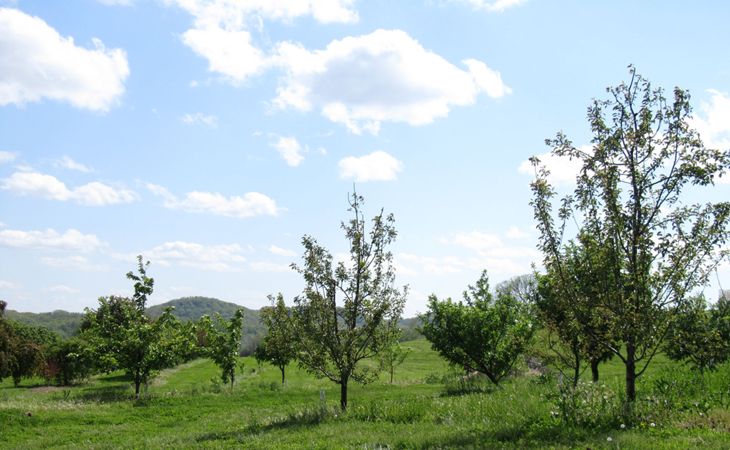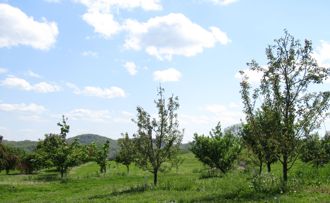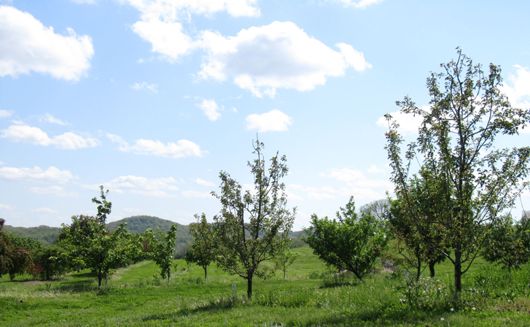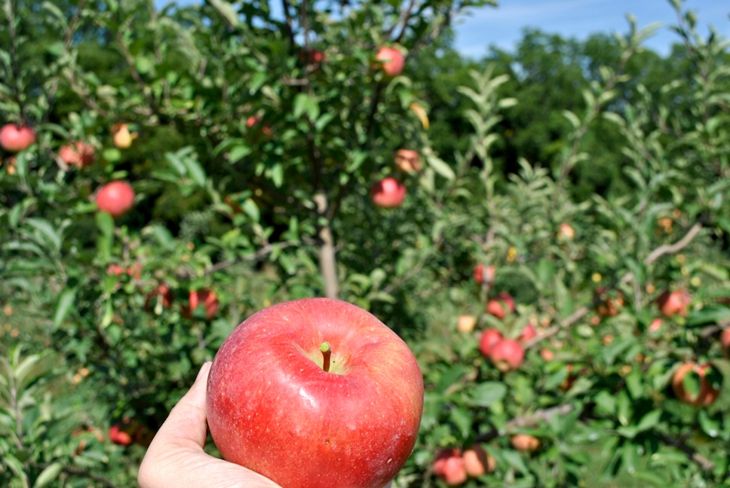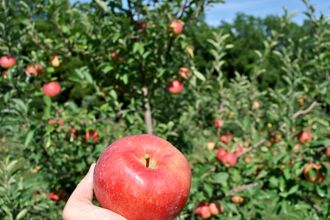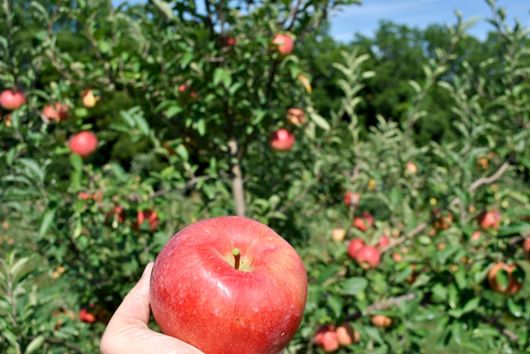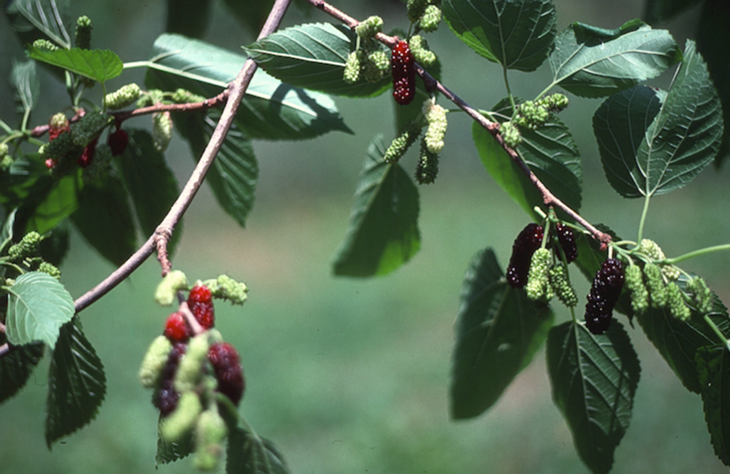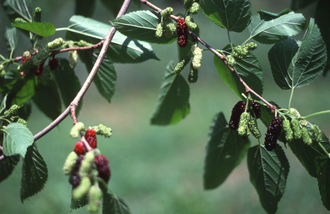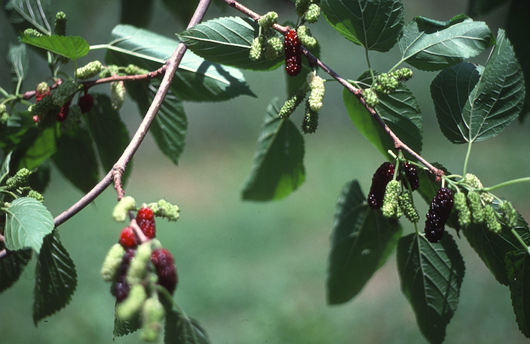Mulberry Trees
Mulberry Trees Buyer's Guide
Fast-growing, low-maintenance, and loaded with sweet fruit—mulberry trees are a rewarding choice for any backyard orchard or edible landscape. Whether you’re planting to enjoy fresh berries, attract wildlife, or protect your other fruit crops, growing a mulberry tree is a smart and satisfying decision.
Stark Bro’s mulberry trees are known for being vigorous, productive, and tolerant of a wide range of soils and climates. Our varieties thrive across much of the U.S., making them an excellent fit for gardeners in diverse regions.
Why Grow a Mulberry Tree?
- Delicious, sweet fruit: Mulberries are blackberry-like berries with soft, juicy texture and a sweet, mildly tart flavor. They’re excellent for fresh eating, jams, cobblers, wine, and dried snacks.
- Extended harvest: Many varieties produce for weeks or months through the summer, providing a long fruiting season.
- Natural bird & squirrel distraction: Ripening earlier than many other fruit trees, mulberries help protect your harvest by attracting birds and squirrels away from more sensitive crops.
- Low-maintenance and fast-growing: Once established, mulberry trees need little care and grow quickly to provide shade, privacy, and fruit.
- Wildlife-friendly: The fruit is beloved by pollinators, birds, and other beneficial garden creatures.
- Great for edible landscaping: With attractive branching and foliage, mulberry trees offer beauty as well as bounty.
Read more in our blog: Why Plant Mulberry Trees to Protect Your Harvest ›
Things to Consider When Buying a Mulberry Tree
Zone Compatibility
Your climate plays a big role in whether a mulberry tree will thrive. Stark Bro’s mulberry trees grow well in a wide range of climates, from the North and Midwest to the South and West, depending on the variety. Always check that your tree’s recommended USDA Hardiness Zone range includes your region.
Mature Tree Size
Size varies by variety. Some mulberry trees grow 40–50 feet tall and wide, making them ideal for large landscapes or naturalized areas. Others, like dwarf types, stay much smaller and can even be grown in containers. Be sure to select a tree that suits your space.
Mulberry Tree FAQs
Q: Are mulberry trees self-pollinating?
A: Yes—most mulberry trees are self-pollinating, meaning you only need one tree to produce fruit. However, planting multiple trees may result in heavier yields.
Q: How fast do mulberry trees grow?
A: Mulberries are known for being fast-growing. Many varieties can grow several feet per year, making them ideal for creating quick shade or privacy in the landscape.
Q: When do mulberry trees start bearing fruit?
A: Typically, mulberry trees begin producing fruit within 1 to 3 years after planting, depending on the variety and growing conditions.
Q: When do mulberries ripen?
A: Mulberries usually ripen from late spring through summer, with some varieties fruiting for several weeks or even months, depending on the climate and tree type.
Q: Are mulberry trees messy?
A: Mulberries drop ripe fruit, which can stain surfaces—so it’s best to plant them away from patios, driveways, or walkways. For low-maintenance cleanup, consider mulching beneath the tree or planting in grassy or naturalized areas.
Q: Can I grow a mulberry tree in a container?
A: Yes! Dwarf mulberry varieties are well-suited for containers, provided the pot is large enough and receives full sun. Regular watering and annual pruning will help maintain size and productivity.





